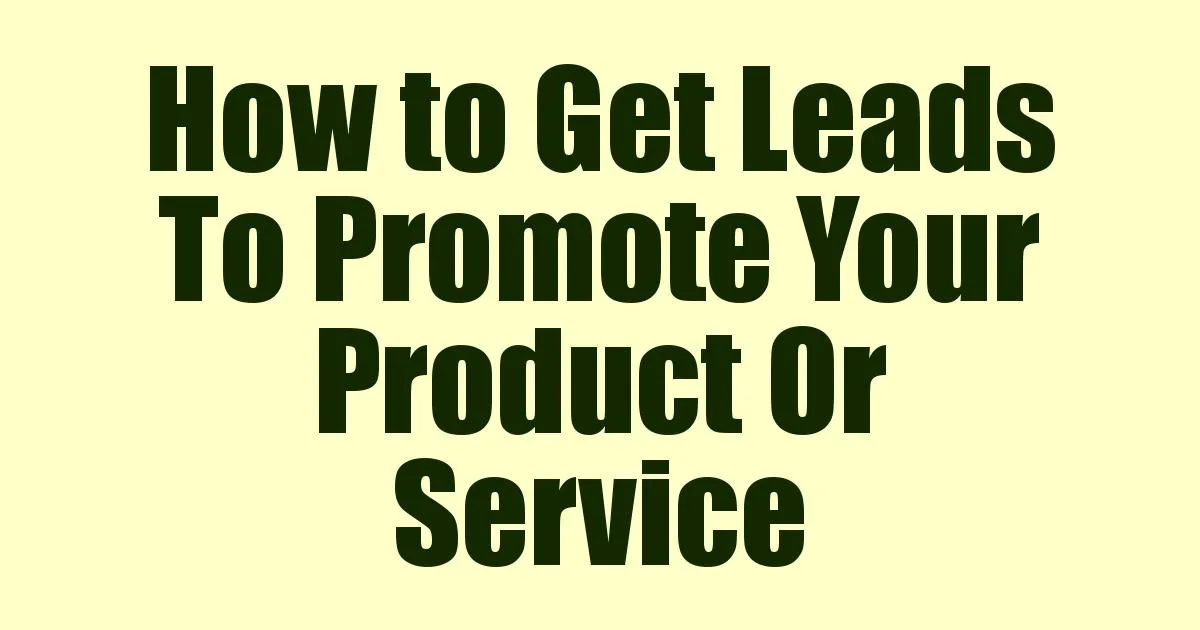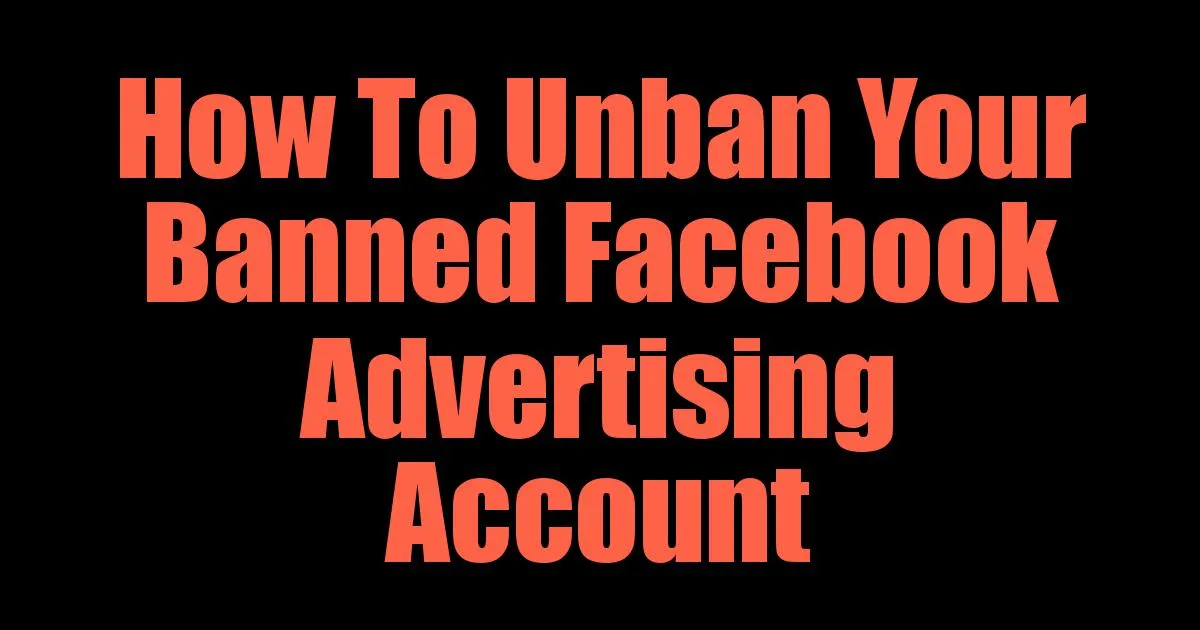Email Marketing: A Complete Guide for Beginners
Email marketing is one of the most effective and affordable ways to communicate with your customers and prospects. It allows you to send personalized and relevant messages to your audience, build trust and loyalty, increase brand awareness, and drive sales.
According to a study by Litmus, email marketing has an average return on investment (ROI) of $36 for every dollar spent1.
But how do you get started with email marketing? What are the best practices for creating and sending marketing emails? What are the rules and regulations that you need to follow? And what are the best email marketing platforms and tools that you can use?
In this article, we will answer these questions and more. We will provide you with a comprehensive guide on how to plan, execute, and optimize your email marketing campaigns. Whether you are a beginner or an expert, you will find useful tips and insights that will help you take your email marketing to the next level.
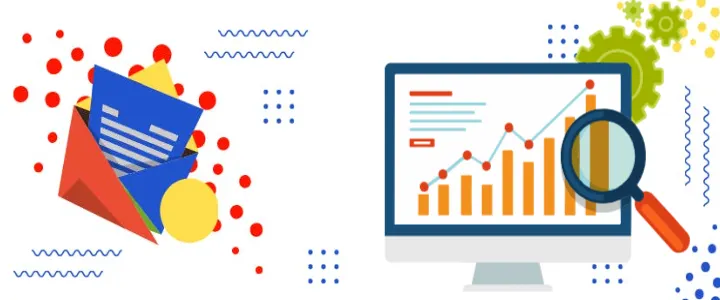
Getting Started with Email Marketing
Before you start sending emails to your audience, you need to do some preparation. Here are some steps that you need to take to get started with email marketing:
Build an Email List
The first step is to build an email list of people who have given you permission to contact them. You can do this by offering something valuable in exchange for their email address, such as a free eBook, a discount coupon, or a newsletter
Subscription. You can also use various methods to collect email addresses, such as pop-ups, landing pages, sign-up forms, or lead magnets.
The key is to make sure that your subscribers are interested in what you have to offer and that they have explicitly agreed to receive your emails. This way, you will avoid spamming them and violating any laws or regulations.
Choose an Email Marketing Platform
The next step is to choose an email marketing platform that will help you create and manage your email campaigns. An email marketing platform is a software application that provides features such as contact management, campaign creation and tracking, and email deliverability.
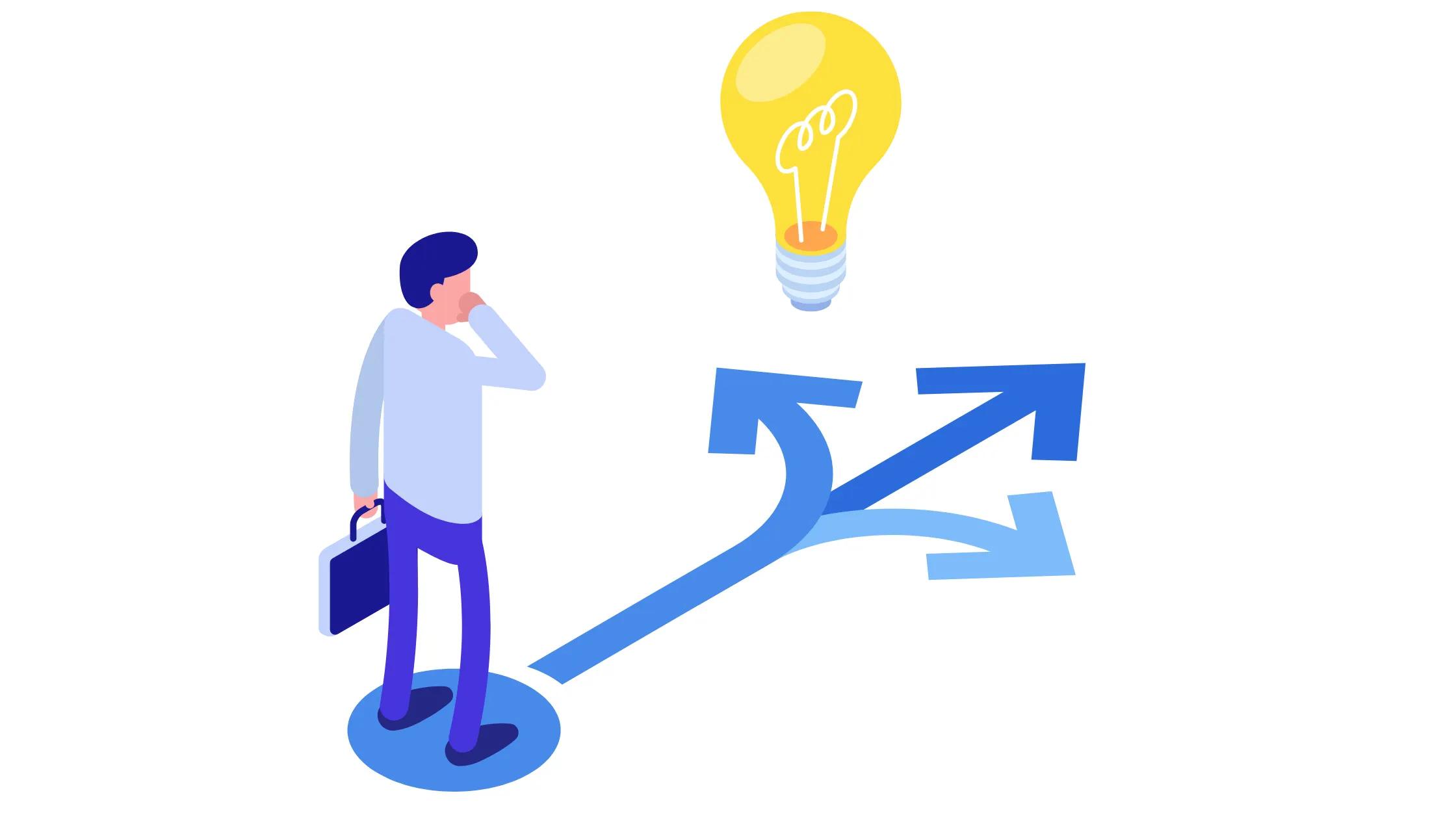
There are many email marketing platforms available in the market, each with its own advantages and disadvantages. Some of the factors that you should consider when choosing an email marketing platform are:
- The size of your email list
- The complexity of your email campaigns
- The features and functionalities that you need
- The pricing and plans that suit your budget
- The customer support and reviews that the platform offers
We will discuss some of the best email marketing platforms and tools later in this article.
Create an Email Marketing Strategy
The last step is to create an email marketing strategy that defines your goals, objectives, audience, content, frequency, and metrics. An email marketing strategy will help you plan your campaigns in advance and measure their results.
Some of the questions that you should answer when creating an email marketing strategy are:

- What is the purpose of your email marketing?
- Who is your target audience and what are their needs and preferences?
- What type of emails will you send and what value will they provide?
- How often will you send emails and when will you send them?
- How will you segment your email list and personalize your emails?
- How will you test and optimize your emails?
- How will you track and analyze your email performance?
By answering these questions, you will be able to create a clear and effective email marketing strategy that will guide your actions and decisions.
How to Send Marketing Emails
Once you have built your email list, chosen your email marketing platform, and created your email marketing strategy, you are ready to start sending emails to your audience. But how do you create emails that stand out in the crowded inbox and achieve your desired results?
Here are some best practices on how to design, write, and optimize your marketing emails for different purposes and audiences:
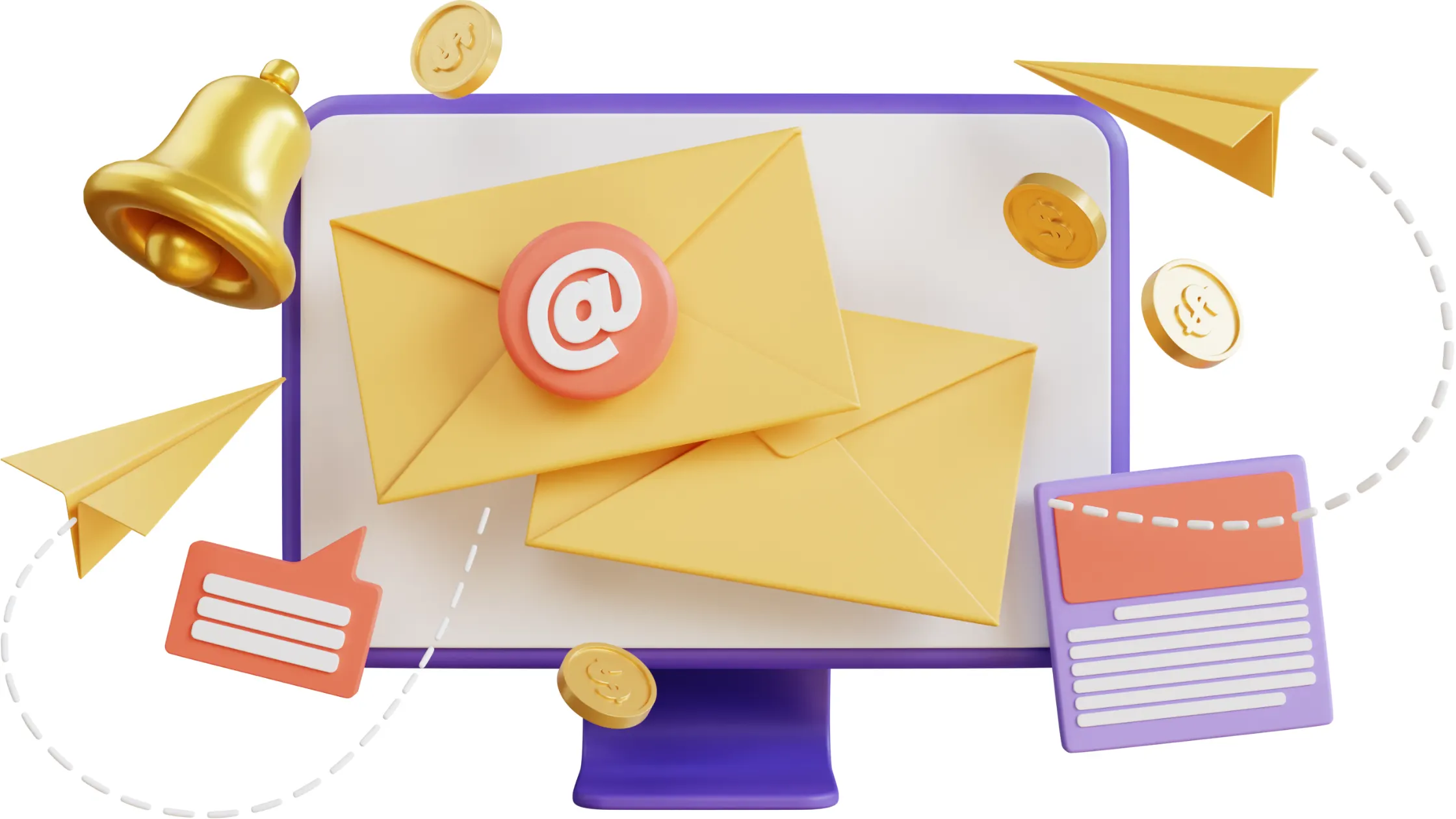
Design Your Emails
The design of your emails plays a crucial role in attracting attention, conveying your message, and encouraging action. You want your emails to look professional, consistent, and appealing. Here are some tips on how to design your emails:
- Use a responsive email template that adapts to different screen sizes and devices.
- Use a simple and clean layout that is easy to scan and navigate.
- Use your brand colors, fonts, and logo to create a recognizable identity.
- Use images, videos, or GIFs to enhance your visual appeal and engagement.
- Use white space, headings, bullets, and dividers to organize your content and improve readability.
- Use clear and prominent call-to-action (CTA) buttons that tell your readers what to do next.
Write Your Emails
The content of your emails is the most important element that determines whether your readers will open, read, and respond to your emails. You want your emails to be relevant, valuable, and persuasive. Here are some tips on how to write your emails:
- Write a catchy and informative subject line that entices your readers to open your email.
- Write a compelling and concise preview text that summarizes the main point of your email.
- Write a personalized and friendly greeting that addresses your readers by their name or segment.
- Write a clear and engaging body copy that delivers your message and benefits.
- Write a strong and urgent CTA that motivates your readers to take action.
- Write a polite and helpful signature that includes your name, title, company, and contact information.
Optimize Your Emails
The optimization of your emails is the process of testing and improving your emails to increase their performance and achieve your goals. You want your emails to reach your audience, deliver your message, and generate results. Here are some tips on how to optimize your emails:
- Test your emails for deliverability, spam score, rendering, and compatibility across different email clients and devices.
- Test different elements of your emails, such as subject lines, CTAs, images, or layouts, to see what works best for your audience.
- Analyze the metrics of your emails, such as open rate, click-through rate, conversion rate, bounce rate, or unsubscribe rate, to measure their effectiveness.
- Learn from the feedback of your subscribers, such as surveys, polls, reviews, or comments, to understand their satisfaction and preferences.
- Implement the changes and improvements based on the results of your tests and analysis.
Email Regulations You Should Know
Email marketing is not only about creating and sending emails. It is also about following the rules and regulations that govern email marketing. These rules and regulations are designed to protect the privacy and rights of email recipients and prevent spamming and fraud.

As an email marketer, you need to be aware of the laws and rules that apply to your email marketing activities. Depending on where you are located and where you are sending emails to, you may need to comply with different laws and rules. Some of
The main laws and rules that govern email marketing are:
The CAN-SPAM Act
The CAN-SPAM Act is a federal law in the United States that sets the standards for commercial email messages. It applies to any email message that is sent for the purpose of advertising or promoting a commercial product or service. The CAN-SPAM Act requires email marketers to:
- Use accurate and honest information in the header fields (such as From, To, Reply-To) and subject lines of their emails.
- Identify their emails as advertisements or solicitations if they are not transactional or relationship messages.
- Include a valid physical postal address in their emails.
- Provide a clear and easy way for recipients to opt out of receiving future emails from them.
- Honor opt-out requests within 10 business days.
- Monitor the activities of any third parties that send emails on their behalf.
The CAN-SPAM Act imposes penalties for violations of up to $43,280 per email2.
The GDPR
The GDPR is a regulation in the European Union that protects the personal data and privacy of individuals in the EU. It applies to any organization that collects, processes, or stores personal data of individuals in the EU. The GDPR requires email marketers to:
- Obtain explicit consent from individuals before sending them marketing emails or collecting their personal data.
- Provide clear and transparent information about how they use and protect their personal data.
- Respect the rights of individuals to access, rectify, erase, restrict, or object to the processing of their personal data.
- Implement appropriate technical and organizational measures to ensure the security and confidentiality of their personal data.
- Report any data breaches that may affect the rights and freedoms of individuals within 72 hours.
The GDPR imposes fines for violations of up to €20 million or 4% of annual global turnover3.
The CASL
The CASL is a law in Canada that regulates the sending of commercial electronic messages (CEMs) such as email messages. It applies to any CEM that is sent from or accessed by a computer system in Canada. The CASL requires email marketers to:
- Obtain express or implied consent from recipients
- Obtain express or implied consent from recipients before sending them CEMs.
- Provide clear and accurate identification and contact information in their CEMs.
- Include a functional unsubscribe mechanism in their CEMs.
- Honor unsubscribe requests within 10 business days.
The CASL imposes penalties for violations of up to $10 million for individuals and $25 million for organizations.
Email Marketing Tips
Now that you know how to create and send marketing emails and comply with the email regulations, you may wonder how to improve your email marketing performance and results. Here are some additional tips on how to make your email marketing more effective and successful:
Segment Your Email List
Segmenting your email list means dividing your subscribers into smaller groups based on their characteristics, behaviors, or preferences. For example, you can segment your email list by demographics, location, interests, purchase history, engagement level, or lifecycle stage.
Segmenting your email list allows you to send more relevant and personalized emails to your audience. This way, you can increase your open rates, click-through rates, conversion rates, and customer loyalty. According to a study by Campaign Monitor, segmented campaigns have a 14.31% higher open rate and a 100.95% higher click-through rate than non-segmented campaigns.
Personalize Your Emails
Personalizing your emails means tailoring your emails to the individual needs and preferences of your subscribers. For example, you can personalize your emails by using their name, location, birthday, or purchase history.
Personalizing your emails allows you to create a more human and authentic connection with your audience. This way, you can increase your trust, credibility, and engagement. According to a study by Experian, personalized emails have a 29% higher open rate and a 41% higher click-through rate than non-personalized emails.
Test Your Emails
Testing your emails means experimenting with different elements of your emails to see what works best for your audience. For example, you can test your subject lines, CTAs, images, layouts, or content.
Testing your emails allows you to optimize your emails for maximum performance and results. This way, you can increase your conversions, sales, and ROI. According to a study by Litmus, email marketers who test their emails see an average increase of 37% in email revenue.
Email Marketing Platforms and Tools
One of the most important factors that affect your email marketing success is the email marketing platform or tool that you use. An email marketing platform or tool is a software application that helps you create, manage, and optimize your email campaigns.
There are many email marketing platforms and tools available in the market, each with its own features and benefits. Some of the factors that you should consider when choosing an email marketing platform or tool are:
- The ease of use and user interface of the platform or tool.
- The features and functionalities that the platform or tool offers.
- The pricing and plans that the platform or tool offers.
- The customer support and reviews that the platform or tool offers.
To help you choose the best email marketing platform or tool for your needs, we have compiled a list of some of the most popular and reputable ones in the market:
Mailchimp
Mailchimp is one of the most widely used and trusted email marketing platforms in the world. It offers a range of features and functionalities for email marketers of all levels and sizes. Some of the features and functionalities that Mailchimp offers are:
- A drag-and-drop email builder that allows you to create beautiful and responsive emails without coding.
- A powerful contact management system that allows you to segment and personalize your email list based on various criteria.
- A variety of email templates and designs that suit different purposes and industries.
- A comprehensive analytics and reporting system that allows you to track and measure your email performance and results.
- A flexible pricing plan that starts from free for up to 2,000 contacts and 10,000 emails per month.
You can learn more about Mailchimp [here].
Constant Contact
Constant Contact is another popular and reliable email marketing platform that has been in the market for over 20 years. It offers a range of features and functionalities for small businesses and nonprofits. Some of the features and functionalities that Constant Contact offers are:
- An easy-to-use email editor that allows you to create professional and customized emails with just a few clicks.
- A smart contact management system that allows you to import, organize, and update your contacts easily.
- A wide selection of email templates
- A wide selection of email templates and designs that suit different purposes and industries.
- A robust analytics and reporting system that allows you to monitor and improve your email performance and results.
- A competitive pricing plan that starts from $20 per month for up to 500 contacts and unlimited emails.
You can learn more about Constant Contact [here].
AWeber
AWeber is another well-known and reputable email marketing platform that has been in the market for over 20 years. It offers a range of features and functionalities for small businesses and entrepreneurs. Some of the features and functionalities that AWeber offers are:
- A user-friendly email builder that allows you to create stunning and responsive emails with ease.
- A smart contact management system that allows you to segment and target your email list based on various criteria.
- A large collection of email templates and stock images that you can use for your emails.
- A comprehensive analytics and reporting system that allows you to track and measure your email performance and results.
- A reasonable pricing plan that starts from $19 per month for up to 500 contacts and unlimited emails.
You can learn more about AWeber [here].
ConvertKit
ConvertKit is another popular and reliable email marketing platform that has been in the market for over 10 years. It offers a range of features and functionalities for creators and bloggers. Some of the features and functionalities that ConvertKit offers are:
- A simple and elegant email builder that allows you to create beautiful and minimalist emails with ease.
- A powerful contact management system that allows you to segment and tag your email list based on various criteria.
- A variety of email templates and landing pages that you can use for your emails.
- A robust analytics and reporting system that allows you to track and measure your email performance and results.
- A flexible pricing plan that starts from free for up to 1,000 contacts and unlimited emails.
You can learn more about ConvertKit [here].
Conclusion
Email marketing is one of the most effective and affordable ways to communicate with your customers and prospects. It allows you to send personalized and relevant messages to your audience, build trust and loyalty, increase brand awareness, and drive sales.
In this article, we have provided you with a complete guide on how to plan, execute, and optimize your email marketing campaigns. We have covered the following topics:
- How to get started with email marketing
- How to create and send marketing emails
- How to comply with the email regulations
- How to improve your email marketing performance
- How to choose the best email marketing platform or tool
We hope that this article has helped you understand the basics of email marketing and inspired you to start or improve your own email marketing campaigns. If you have any questions or feedback, please feel free to contact us.
Thank you for reading this article. We wish you all the best in your email marketing journey.
FAQs:
Q: What is the difference between email marketing and newsletter? A: Email marketing is a broad term that refers to any type of email communication that is sent for the purpose of advertising or promoting a commercial product or service. Newsletter is a specific type of email marketing that is sent regularly (such as weekly or monthly) to provide valuable information, updates, or tips to subscribers.
Q: What are the benefits of email marketing? A: Some of the benefits of email marketing are:
- It is cost-effective, as it requires minimal investment compared to other marketing channels.
- It is measurable, as it allows you to track and analyze various metrics such as open rate, click-through rate, conversion rate, etc.
- It is personalizable, as it allows you to tailor your messages to the individual needs and preferences of your subscribers.
- It is scalable, as it allows you to reach a large number of people with minimal effort.
Q: What are the challenges of email marketing? A: Some of the challenges of email marketing are:
- It is competitive, as it faces a lot of competition from other marketers who are vying for the attention of the same audience.
- It is regulated, as it has to comply with various laws and rules that govern email communication such as the CAN-SPAM Act, the GDPR, or the CASL.
- It is dynamic,






